
The Complete DIY Guide To Your Home Garden
Published: 11/08/2022 | Updated: 29/03/2023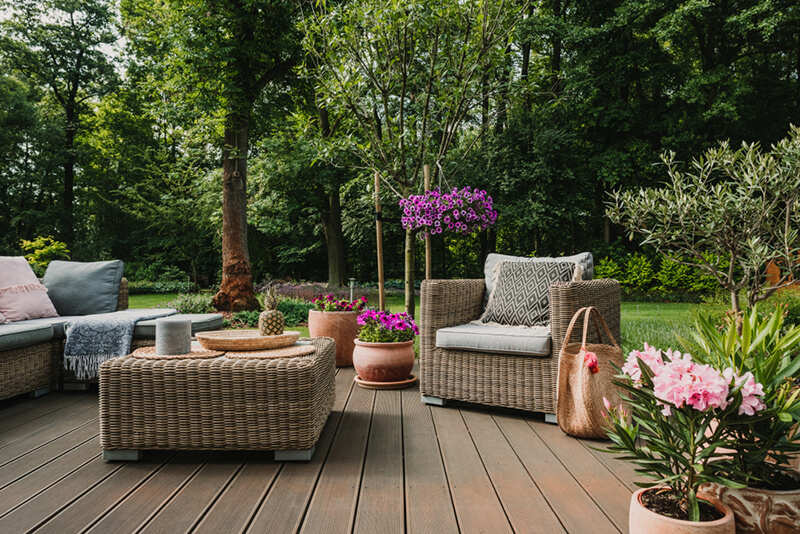
Have you ever wanted to start a garden in your home? Wonder if you could actually start growing your own food? Convinced it'd cost you an arm and a leg, and be way more work than it's worth?


Then, I’ve good news for you! You can indeed have a beautiful and productive garden in your own backyard without having to spend a fortune. And the best part about it is that gardening is a rewarding hobby that brings joy to those who love it and lasts you well into the future. The truth is, it's a lot simpler than most paid contractors, sites and advertisements will lead you to think!
But some challenges come with gardening at home. For example, you may not have the time or space needed for growing all kinds of greenery—or maybe you just don't know how to start!
Don't worry, the ShrubHub design experts are here to help you find the most creative food garden ideas, and make sure your new garden is not just beautiful, but also enjoyable and useful for everyone involved! You'll never want to stop visiting!
Whether you're looking for DIY project ideas, tips on how to start your first garden, or ways to improve your current garden, this guide has plenty of ideas and helpful tips to keep you growing all year round.
The Basics of a DIY Home and Garden
When it comes to creating an area, you truly feel at home in, everything matters, indoors and outdoors. People often forget to take into account that even though home décor can be simple, it can also make or break your home aesthetics.
Whether you're in a traditional home in North America or a minimalistic apartment somewhere in Europe. How you set up and design your home is almost universal. Your preferences are the basis of any good home design because at the end of the day what your interests are and what you love is the most important thing. You'll never have to opt for boring site work or stick to the basic default settings of every yard around you!
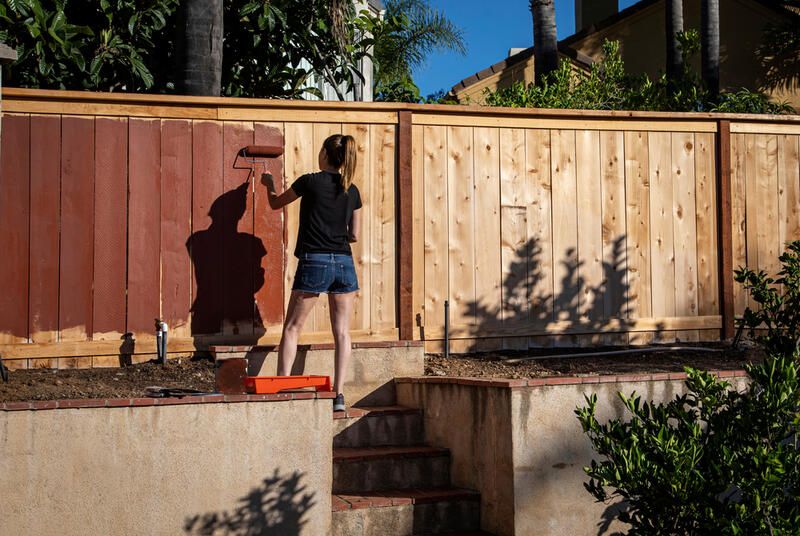
What to Expect
When you decide to start DIY'ing some home projects you must consider a few things and ask these questions before starting on your plan:
-
How much time will this project take?
-
How long will it last?
-
Is the maintenance level something I can manage?
-
Does it suit my preferences?
-
What materials will I need?
-
Does it fit my budget?
Any project you find online through articles or advertising might seem like a great idea, but you always need to ask yourself these questions to make sure you don't end up with another half-finished project in the garage or more trash.
Always look at accessories you can add that suit your interests and try to imagine yourself in your home with the completed project. Visit it in your head, interact with it and make sure you love it. ShrubHubs online designers can help you fully visualize what your yard could look like in 3D all for a quarter of the price of other online design websites! Check them out now if this is something you'd be interested in!
How you set up your home will last you through the future, be the home of your beloved memories, and be the safe space for you and your partners, loved ones, and friends. Imagine yourself setting up a BBQ in September or visiting your yard at night for some peace and relaxation. Upgrading your home and yard is a lot more satisfying than you might expect. Let's get started!
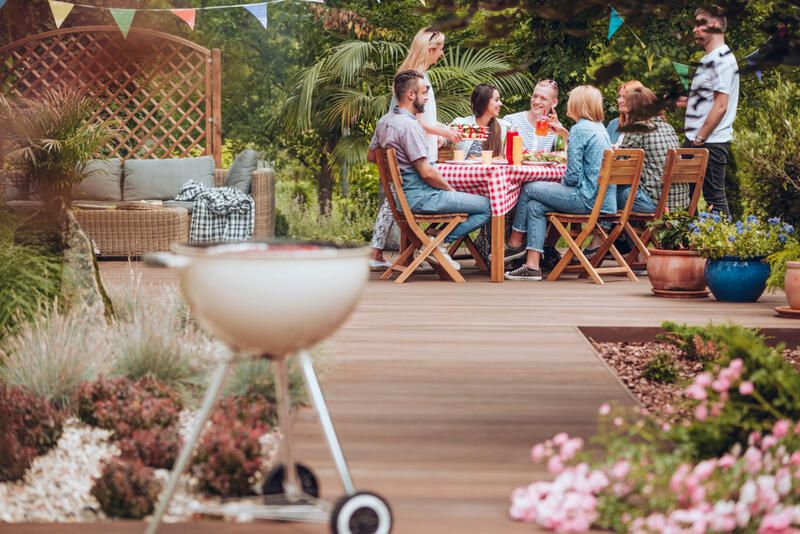
1. Get To Know Your Local Climate Zone
The most important step in planning your garden is to determine your local climate zone. This may sound like a lot of work, but it’s easy and fun!
First, Finally, find out what climate zone you live in (Visit the USDA website to find out what zone you are in). For example, if you live in zone 6b, it would be best for you to grow deciduous trees and shrubs such as dogwoods, magnolias, or serviceberries. You could also plant evergreen trees such as eastern red cedar (Juniperus virginiana). If you live in zone 6a, gorgeous, vibrant sunflowers might be just what your garden needs for those cooling months (September-December).
Now that you know which type of climate zone you live in, it's time to find out what kind of soil type you have at home. If your area has sandy soil or clay soil, this can make a huge difference when it comes to planting different types of shrubs and flowers. Determining your soil type will also help you figure out what resources and tools you need to establish your desired garden.
A good way to determine if you have sandy or clay soil is by taking a handful of dirt from around your yard and squeezing it between your fingers until it forms a ball (or clump). If it breaks apart easily, then chances are good that your soil is sandy and won't retain water very well.
Go online and find what kind of weather patterns you’ll likely experience during each season. You might also want to learn about microclimates that exist within your town or city limits
2. Work on Your Soil Composition
Now that you've addressed the basics, it's time to interact and delve deeper into the science of soil composition. Soil consists of three main components: sand, silt, and clay. These are loosely defined as coarse-textured particles that range in size from 0.05 millimeters (0.002 inches) to 2 millimeters (0.08 inches).
This can be useful when thinking about your garden because each different kind of particle has its own chemical composition and water retention capabilities—meaning that if your garden soil is made up mostly of sand or clay, then it won't retain water very well.
If you suspect that your soil might have a low nutrient supply or poor texture for growing plants, there are several simple tests you can perform at home using common household items like eggshells and coffee filters.
If these tests reveal signs of an inadequate nutrient supply or poor texture for growing vegetation in general, then there are steps you can take to improve your situation such as adding compost or fertilizer (more on this later).
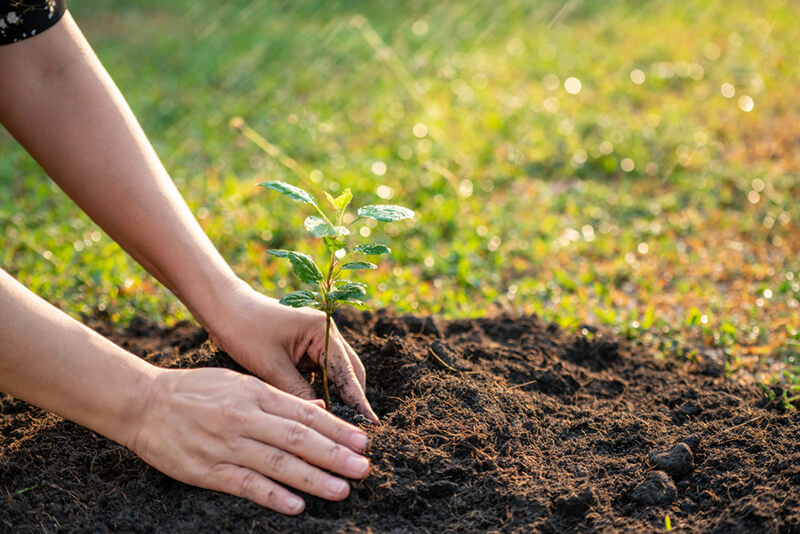
The Best Type of Soil to Use
The perfect type of soil to have should be light, sandy, or sandy loam soil that is well-drained with a pH level between 6.5 and 7.5. This will ensure ample drainage, so water doesn't sit on top of the ground causing root rot.
It also helps prevent fungi from flourishing due to too much moisture content in their environment (fungi love damp conditions).
Additionally, sandy or sandy loam soil is rich in organic matter which makes it more nutrient dense than clay soils. Plus, they're easier on plant roots because they're not heavy like clay tends to be.
3. Start Composting
Composting is a technique that can help you grow healthy greenery and flora. Composting uses organic materials like your kitchen scraps, yard waste, and dead leaves to create nutrient-rich soil for your garden.
To get started, first make sure you have enough room in your backyard or garden area for building a compost pile.
Next, gather some materials to curate compost from around the house:
-
Cardboard egg cartons or cardboard boxes (cut into smaller pieces)
-
Leaves from deciduous trees (such as maple or oak)
-
Straw/hay bales
Then, leave the organic materials until they decompose. When finished, you can sprinkle the compost on the soil or mix it with it.
4. Choose Which Fruits, Herbs, and Veggies to Grow
Now comes the fun part: choosing which fruits, herbs, and vegetables to grow in your new organic food garden!
While it’s exciting to find new varieties of produce that are native to your area (and might otherwise be unavailable at the grocery store), there are also many benefits to growing greenery and herbage that you’re already familiar with and enjoy eating.
For example, if you have kids or pets who love fresh tomatoes but can never seem to get enough out of season, growing them, yourself is an exciting way for them to eat as many as they want when they want.
Another thing you might want to consider is planting herbs that aren't as available in the supermarket. Growing herbs, yourself means you’ll always have access to them without having to resort to buying expensive packaged varieties at the store. They’ll also taste much better than what you find at regular supermarkets. You can always add herbs to the footer of your gardens since they grow exceptionally, smell amazing and add gorgeous color.
When choosing the type of plant to grow, don’t forget to check that they grow in your climate zone and can thrive in the soil type you have!
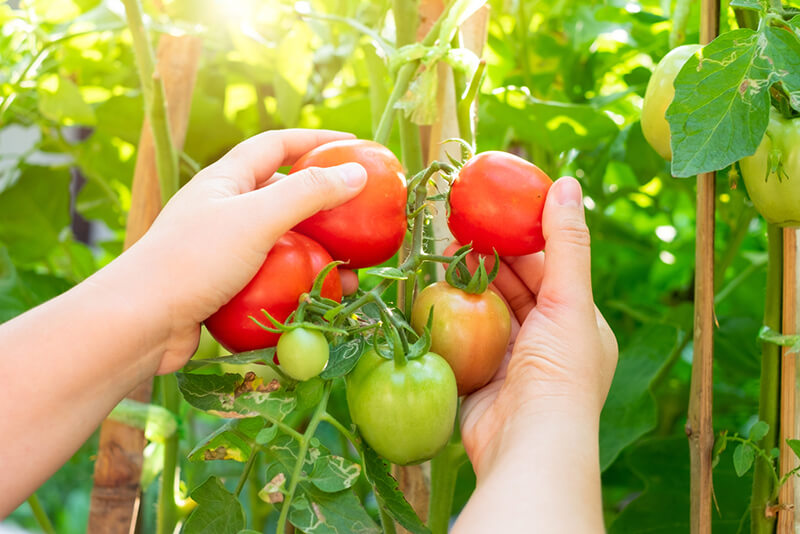
5. Choose The Right Spot for Your Garden
Now that you've decided what you want to grow, it's time to choose a spot for your garden. There are a few factors to consider before picking a certain place to start gardening, including sunlight, drainage, and the space required to grow a certain plant.
Sunlight
The first thing you should think about when choosing where your garden will go is how much sunlight it will receive over the day.
You can check this on an online sun calculator or use this simple rule of thumb: if there's no shade from buildings or trees during most hours of the day (10 am-4 pm), then that's good! The more sunlight, the better your shrubs will grow and thrive in their new home.
Always check the ability of your greenery to withstand direct sunlight as some might prefer partial shade, or full shade instead.
Drainage
Drainage is important because it prevents water from pooling up around the roots and drowning them. Even though most people think they have great drainage, there could be hidden pockets underground or clogs in pipes where water isn't draining properly (especially after heavy rains).
If water collects at all points near your garden area but never seems to drain away completely, consider moving somewhere else with better drainage instead!
You don't want any standing water near these delicate seedlings; they might rot away before they can sprout up into beautiful flora and vegetation!
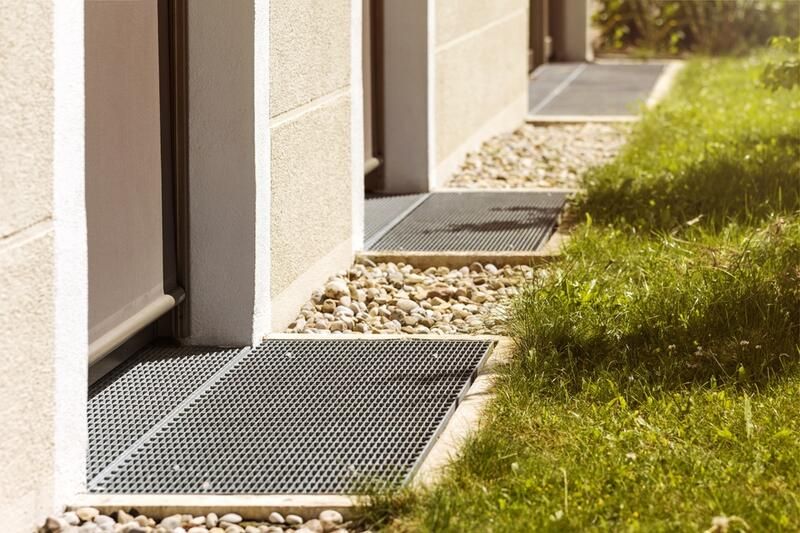
Space Requirements & Ease of Accessibility
When deciding where to put your new crop stand, keep in mind that some shrubs and greenery need plenty of room to grow. So, make sure that each plant gets a sufficient amount of space around it, especially if they're a plant or tree that vines.
6. Draw up a Garden Plan and Make a Sketch
This step is crucial because it will help you stay organized and make sure everything is in place before you start planting. If you have the time, use graph paper or tracing paper to draw out exactly where each vegetable, fruit, herb, and flower will go so that there’s no confusion when it’s time for planting.
If space is limited, planting in containers is a great way to make the most of your garden. However, there are some things you need to consider before setting up any type of container garden
-
Make sure you have enough space to accommodate the size of the container(s) that you choose and the plant within them.
-
Make sure that your drainage system will be effective enough to properly drain water from each plant's root system out into the ground or compost pile.
-
Make sure that the soil mix has enough nutrients for your plants' needs and that it drains well so as not to become waterlogged or overly wet (which leads to disease).
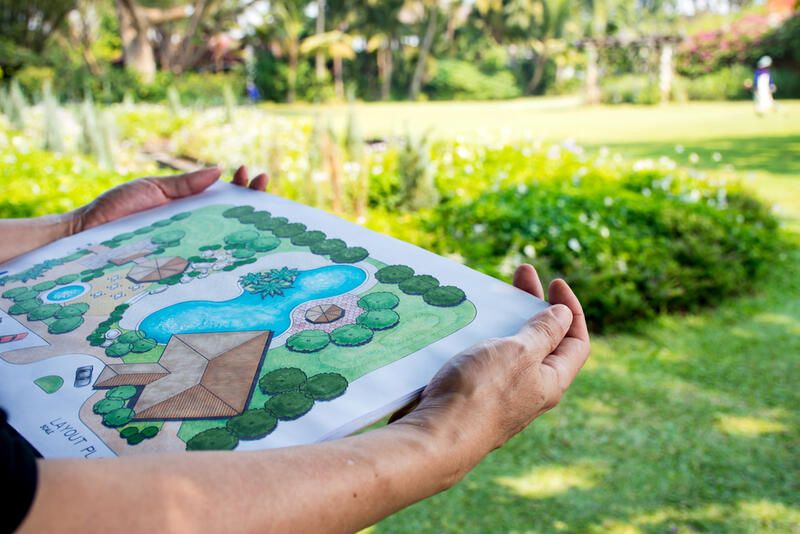
7. Consider Building Raised Garden Beds
If you have poor soil and are looking for a way to grow your own vegetables, the best way is to build raised beds. Raised beds can be made out of wood, stone, or concrete. Raised beds are a great addition to any yard and you can completely customize them! You can add different accessories and build a dream garden you wouldn't want to miss!
If you decide to go with wood, it will definitely last longer than other materials but won't provide as much protection from ground moisture and erosion as stone or concrete would.
Raised beds are great for growing vegetables because they keep the roots from getting too wet. They can also keep them off the cold ground which can cause them to rot quickly if not harvested soon after the growing season ends. They may also help protect against pests like gophers who love eating freshly planted seeds!
You can also buy the most done raised beds at your local home goods and garden store to make the process easier!

How To Build a Raised Garden Bed
The first step to building a raised garden bed is finding the right spot. A sunny, dry area is best. However, if you have lots of shade and/or water issues, it's OK to build your bed in a shady area that gets a little bit of sun each day.
You might also want to make sure there are no trees or other shrubs that can grow over your garden—you want to leave yourself plenty of room for planting!
Your next step will be excavating the ground underneath where you want to put your raised bed. This can be done with any kind of shovel.
8. Learn How to Extend Your Growing Season
If you want to be able to plant all year round, then consider extending your growing season by using a cold frame or hoop house.
A cold frame is simply an unheated greenhouse that is built over your garden. It can be made out of wood, masonite, or plastic, and you can use it to start seeds early in the year (or extend your growing season).
A hoop house is similar to a cold frame but with one major difference: it’s bigger and more permanent than a cold frame.
You probably won't move it around like you would a cold frame; instead, it's ideal for larger gardens that need protection from the elements over an extended period.
If you have no idea where to start or how to make these, then you might need the help of a professional. Let the design experts at Shrubhub take the lead and help you create the garden of your dreams!
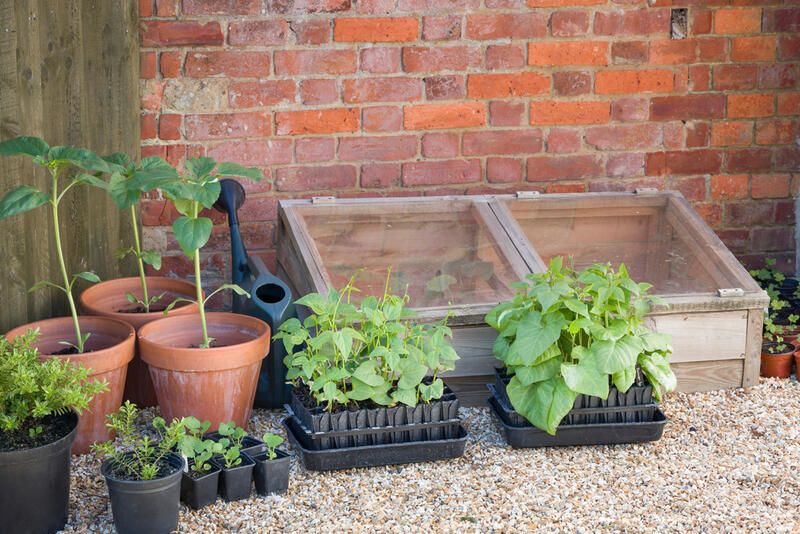
Follow These Steps and You Will Be Ready for a Successful Home Garden
Surely, we can all agree that home gardening is something of an art form. The idea of taking something so small and turning it into a beautiful, flourishing garden is truly inspiring.
However, the process can seem intimidating at first glance. Let me assure you: if you follow these steps, you will have a successful home garden!
We hope these DIY project ideas have helped get you started on your home garden. Now that you know the steps necessary for success, it is time to get started on your own project!
And as always, if you’re stuck scratching your head trying to figure out what to do with your garden, you can contact the landscape design experts at Shrubhub!


